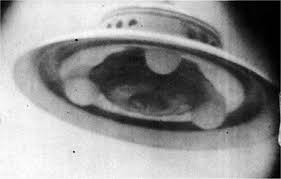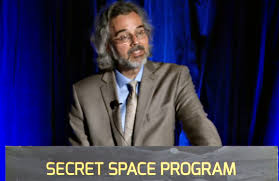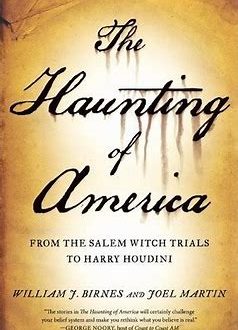
Evil Archaeology–Attempting to Connect Science to the Supernatural
Dr. Heather Lynn, PhD, views herself as a ‘renegade archaeologist.’ As an armchair student of archaeology, I ordered her book Evil Archaeology—Demons, Possessions, and Sinister Relics (Disinformation Books, 2019) with a great deal of anticipation. I was looking forward to in-depth descriptions of archaeological finds and how they fit into Forteana…or just those things mentioned in the title. What I got, however, was an in-depth look at folklore and history surrounding the topics in the title, with little actual archaeology. Needless to say, it was a little disappointing.
However, once I accepted the book for what it was, I truly began enjoying Lynn’s writing. There are chapters on demonology, witchcraft, summoning demons, and possession, all of which are written with an eye towards filling in the gaps in what we usually experience as history. Serious study of supernatural history has been relegated to the corners of academia, and to a handful of serious magazines, such as the Fortean Times. Lynn’s engaging, detailed work seems aimed at bringing it back into the light.
She provides us with little-known or forgotten tidbits (King James, for example, was an avid witch hunter/demonologist, and even wrote a book on the subject), as well as shedding some much-needed light on modern possessions and demon attachments, such as the plight of poor Anneliese Michel, the German girl whose ‘possession’ inspired the film The Exorcism of Emily Rose. Lynn wisely chooses not to take a position on whether or not she was truly possessed, merely recounting the events as they unfolded, without the attendant sensationalism that usually accompanies Michel’s tale (often breathlessly recounted on podcasts and YouTube channels). In the same chapter, she interviews Bill Bean, a modern-day exorcist. While what he has to say is undeniably interesting, I feel that Lynn drops the ball in this instance, seemingly accepting everything he has to say without question. In this moment (and a few others, especially when recounting interviews or presenting testimony), the trappings of academia fall away, and the book lapses into uncritical acceptance of events.

Although such instances are a major issue in the later chapters of the book, Lynn does take pains to debunk certain urban legends, such as the many instances of a ‘crying boy’ painting being the only thing to survive a house fire (they were laminated with a fire-resistant coating). She also takes us into the mysteries of Rennes-Le-Chateau, among other things, and actually spends a chapter discussing disturbing archaeological finds, such as bog bodies and pits full of severed hands.
In the end, while the book doesn’t completely live up to its title, it’s an admirable effort to connect myth and folklore to actual history and, yes, a good handful of archaeological finds. I only wish Dr. Lynn had been able to retain a level of analysis during the interviews and testimonies that she collected individually. 4 Armchairs




